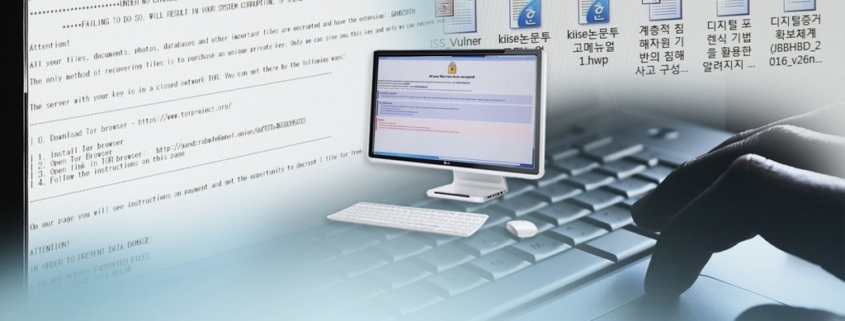XDR: The Next Step in Threat Detection and Response
The global EDR market (Endpoint Detection and Response) is growing rapidly. The Transparency Market Research team predicted that this market will increase at a CAGR of about 21% in the next decade, reported Help Net Security. If it happens, this growth will help the global EDR market surpass a valuation of $13.8 billion by 2030.
What’s Behind the Projected Growth of EDR?
One of the biggest reasons for these optimistic forecasts is the reality that organizations need a systemized approach to defend all their endpoints against digital threats. To put this into perspective, LogMeIn found that the average organization had approximately 750 servers, employee computers, mobile devices and other endpoints connected to the network.
Such complexity makes it difficult for security teams to effectively manage those devices. In the absence of something like EDR, they’re limited in their ability to adequately defend their organization against both internal and external security threats that impact assets beyond the endpoint.
Not only that, but the number of endpoints will likely increase over the next few years as the world witnesses a surge in the number of connected devices over the next few years. Indeed, Gartner estimated that the number of PCs, tablets and mobile phones would total 6.2 billion units in 2021 before reaching 6.4 billion units a year later.
“The COVID-19 pandemic has permanently changed device usage patterns of employees and consumers,” explained Ranjit Atwal, senior research director at Gartner, in a press release. “With remote work turning into hybrid work, home education changing into digital education and interactive gaming moving to the cloud, both the types and number of devices people need, have and use will continue to rise.”
Understanding the Pervasiveness of EDR Neglect
Notwithstanding the growing number of endpoints and devices, many organizations aren’t using EDR solutions. A majority (64%) of respondents to a 2020 study said they did not use EDR, reported TechRepublic. Those individuals went on to cite a lack of skilled security staff as one of the reasons why.
This issue in part ties back to the growing complexity of the corporate network…



